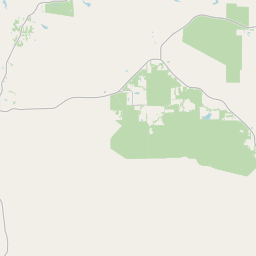Tuggle Springs Cemetery
Historical marker location:






This burial ground was established by Andrew Jackson Tuggle (1815-1877) a farmer who moved here from Tennessee c. 1850 with his wife Elizabeth (1819-1895). When a mother and infant died in 1864, Tuggle set aside property for use as a cemetery and for a church and school. As settlers came to the area, they began to use the burial ground, which is named for Tuggle and for nearby natural springs. Besides early settlers, others buried here include veterans of conflicts dating to the Civil War. Today, the Tuggle Springs Cemetery Association, organized in 1960, continues to care for the burial ground, which features Woodmen of the World markers, grave slabs and vertical stones. Historic Texas Cemetery-2007
As one of the most visible programs of the Texas Historical Commission (THC), historical markers commemorate diverse topics in Texas history, including: the history and architecture of houses, commercial and public buildings, religious congregations, and military sites; events that changed the course of local and state history; and individuals who have made lasting contributions to the state, community organizations, and businesses.
The first oil well in the United States was drilled in Texas in 1859. The discovery of oil transformed the economy of the state and helped to make Texas one of the wealthiest states in the nation.
The county was officially established in 1835 and named after the iconic Red River that flows along its eastern border. During the Texas Revolution, Red River County played a significant role as a hub for communications and supply lines. The Battle of Jonesborough, fought here in 1837, marked an important victory for Texan forces and secured the area as a part of the Republic of Texas.
Throughout the 19th century, the county continued to grow and develop, with agriculture becoming a major industry. Cotton became the primary crop, and the county boasted numerous plantations, which relied heavily on enslaved labor. The discovery of oil in the early 20th century brought further economic prosperity to the area, leading to a boom in oil production.
In the modern era, Red River County has evolved into a primarily rural and agricultural community, with farming, ranching, and timber production being the main economic activities. The county also offers a variety of recreational opportunities, including fishing and hunting, due to its picturesque landscapes and natural assets. Today, Red River County takes pride in its unique history and continues to honor its cultural heritage while embracing the opportunities and challenges of the present.
Red River County Timeline
This timeline provides a concise overview of the key events in the history of Red River County, Texas.
- 1835 - Red River County established by the Republic of Texas
- 1840 - Population of the county reaches around 1,500
- 1841 - Clarksville becomes the county seat
- 1845 - Texas becomes a state
- 1861 - Start of the American Civil War
- 1871 - Red River County Courthouse constructed
- 1876 - Population of the county reaches around 10,000
- 1890 - Introduction of railroad in the county
- 1930s - Great Depression hits Red River County hard, causing economic hardships
- 1960s - Construction of the Pat Mayse Lake reservoir
- 2010 - Red River County's population stands at around 12,860